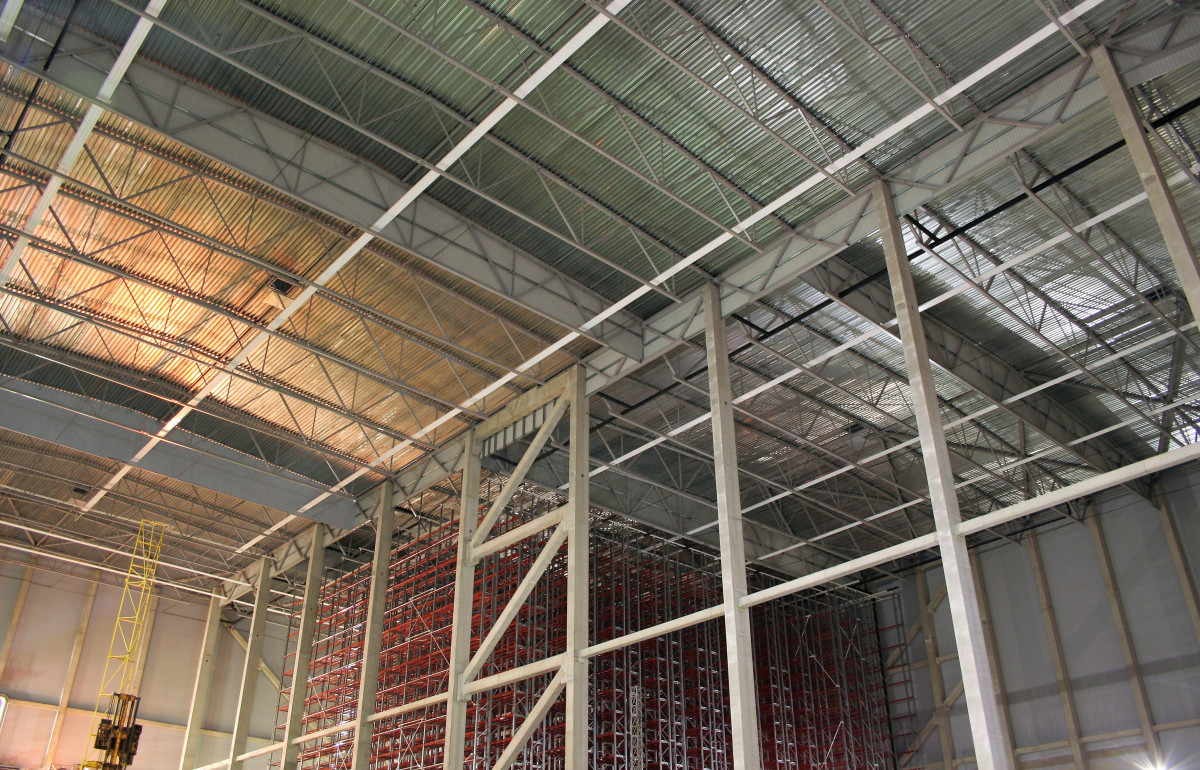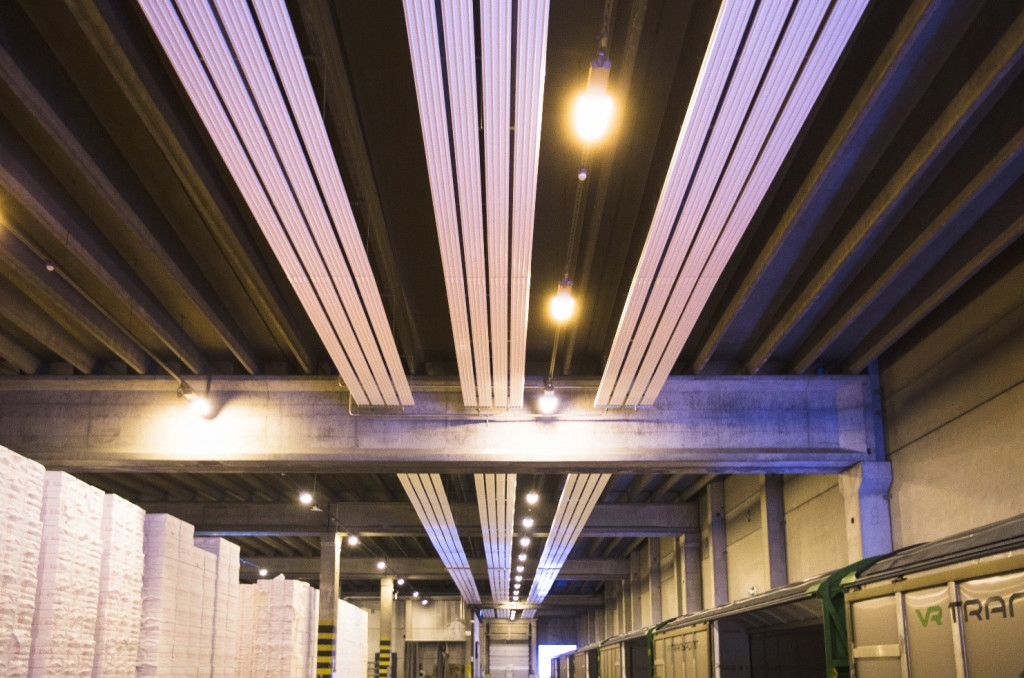Benefits of radiant ceiling system in production facilities

A radiant ceiling panel system is an ideal choice for heating and cooling production facilities. The system is able to maintain optimal conditions in spaces up to 30 metres high. In addition, it is an economical solution in terms of both investment and running costs.
Radiant ceiling panels heat surfaces and not the air itself. The thermal radiation in the room feels comfortable on the skin, even if the actual air temperature is lower. It works like early-spring rays, which produce a sensation of warmth despite the below-freezing temperature.
This allows for optimal conditions with lower temperatures and increased energy savings. In large industrial halls and other production facilities, for example, radiant heating can produce up to 40% energy savings compared to conventional fan convector or radiator systems.
Quick-to-respond system is optimal for changing conditions
Radiant panels react quickly and efficiently to heat loads generated by production or equipment. Conditions remain optimal in all spaces, including those subject to rapid temperature fluctuations. This saves energy, as the system does not overheat the space.
Adaptable to different heating and cooling needs
Radiant panels provide an energy-efficient means for heating constricted areas without the surrounding space getting warm. In open cold rooms and locations where heating the whole space is not necessary or possible, the panels are able to control temperature effectively. Cooling can be organised the same way.
One example of such a solution is the floor frost protection system installed in a cold, industrial indoor loading area. The ceiling-mounted panels keep the truck lane surface above freezing point throughout the year. Read more about the Metsä Board project here.

Excellent performance in cleanrooms and other climate-quality-critical applications
Production facilities which require a low level of dust and other contaminants and controlled humidity conditions present challenges for heating and cooling systems. Contrary to traditional systems, which generate air movement carrying contaminants from one place to the next, radiant heating or cooling does not affect air circulation in the space. In addition, the panels have no excess surfaces that would attract dust.
Added comfort in working environments
Radiant warmth feels pleasant on the skin. Heating or cooling does not cause movement of the air, which adds to workplace comfort. In particularly dusty conditions, for example, there is no excess air movement to carry dust around the room. The system reduces cleaning costs and frees up resources to concentrate on the essentials. In addition to the pleasant radiant heat, personnel can enjoy the absence of draught and noise.